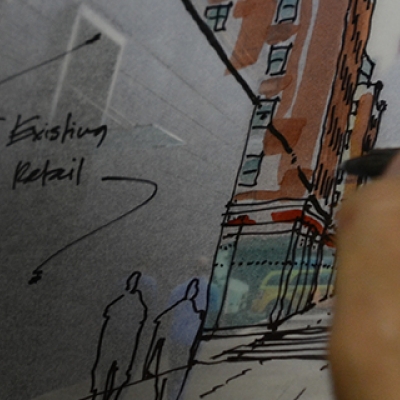
From Carton to Carpet: Recycled Homes
By Avi Friedman / On March 8th, 2012
North Americans are doing their fair share in reducing the millions of tons of domestic garbage that the country generates. Each week they carefully sort their own waste and place it in a box near the curb for a pickup. When the program began, some argued that recycling is no more than fancy garbage collection. They were wrong. Not only has recycling eased the pressure on our landfills, recycled products became the prime component in many construction products.






